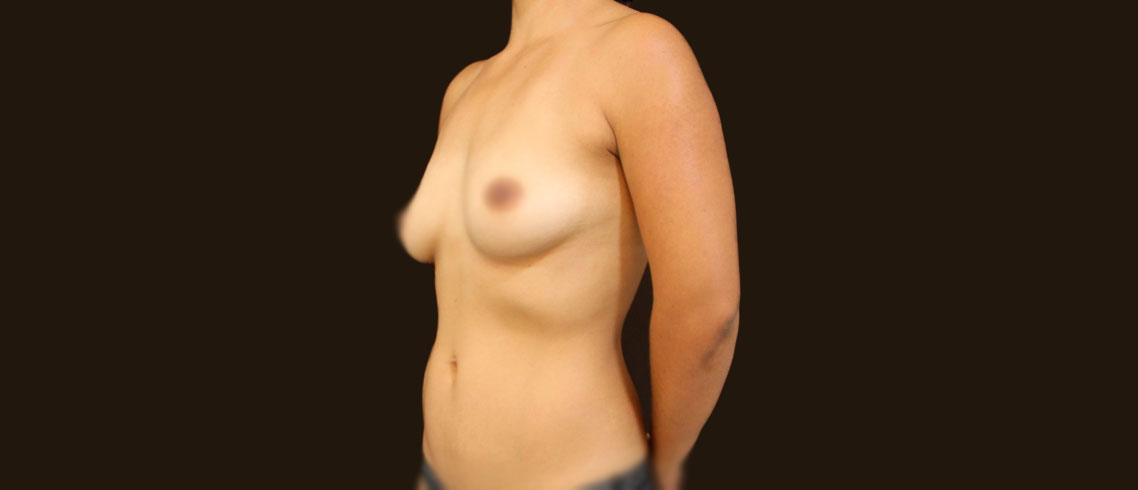Liposuction is a surgical technique that is used in plastic surgery and allows the silhouette to be reshaped through the removal of fat or adipose tissue from various sites of the body using a cannula or syringe connected to a suction machine. This procedure can also be assisted by ultrasound or laser that help to previously dissolve the fat to make its extraction easier and less aggressive.
FAQ
1Objectives
Liposuction should not be considered as a cure for obesity, but as a procedure that can remove the accumulated fat found in unwanted places. Usually liposuction is carried out in the abdomen, hips and thighs, although it can also be performed in other places such as arms, knees, ankles, jowls or face.
2 Technique
During the operation, the surgeon first runs through a cannula each sector of the area to be lipoaspirated (which has been previously marked) and will inject a liquid solution. This solution is formed by anesthesia, a drug that constricts blood vessels and a saline solution that will help release the fat from the skin and muscle, dissolving it and converting it into a viscous liquid. Later, this liquid will be removed by a suction procedure, through a cannula that has been previously introduced and that is connected to a suction machine.
A liposuction usually lasts between 1 and 3 hours, although the definitive time will depend on the type of liposuction and the technique to be used. As in any other surgery, local or general anesthesia is used.
3Post-operative care
Once the liposuction is over, the patient will be able to return to their usual tasks in a time that will depend on the operation that has been performed and the patient (this period may vary between one and several days). During the following weeks, the patient should not make any efforts and should protect the lipoaspirate area using a special girdle and elastic pads that the surgeon will recommend. It is also important that appropriate clothing be used to facilitate recovery.
4 Complications
Major complications are hemorrhage that can cause hypovolemic shock, venous thrombosis and subsequent pulmonary embolism as well as fatty embolism, pulmonary edema and heart attack.
Locally, in the intervened areas, there are also deformities or irregularities of the contour, hypoesthesia of the skin located on the liposuctioned area (which can last months to recover), extensive ecchymoses that can be partially resolved leaving spots due to accumulation of hemosiderin or appearance of seromas .




